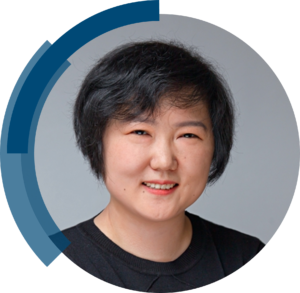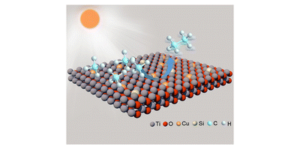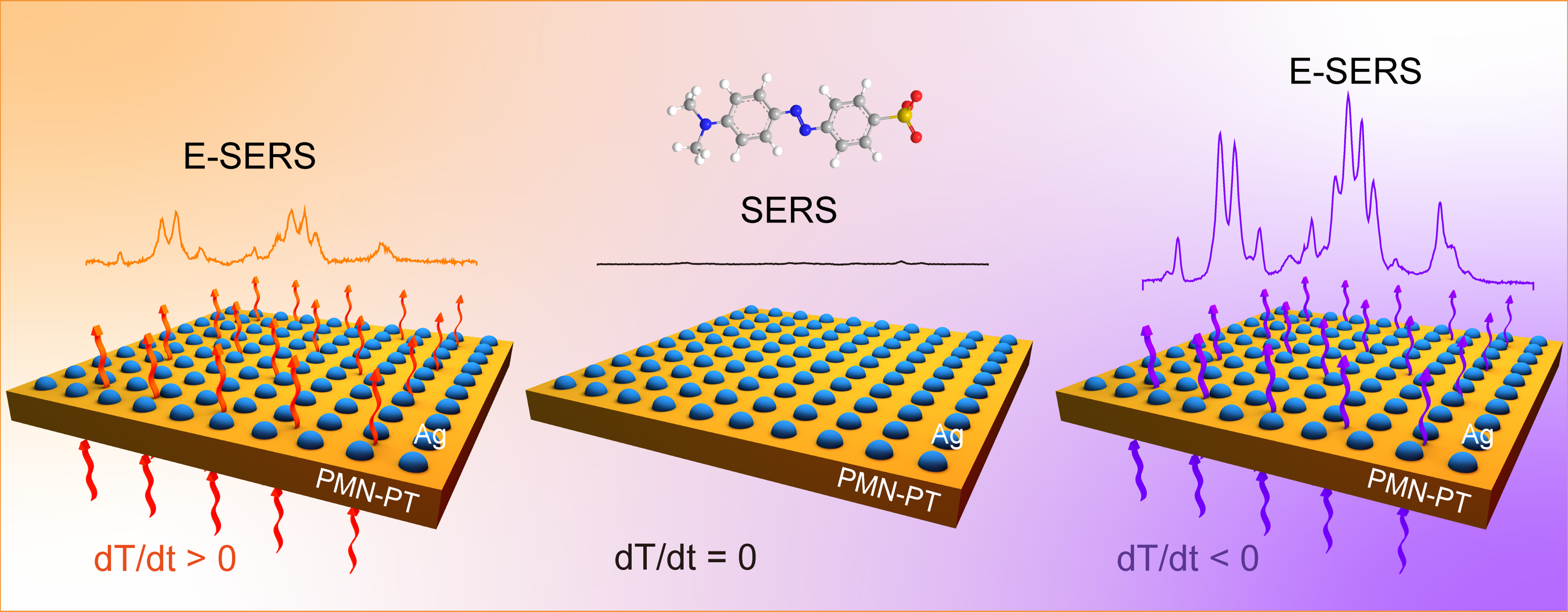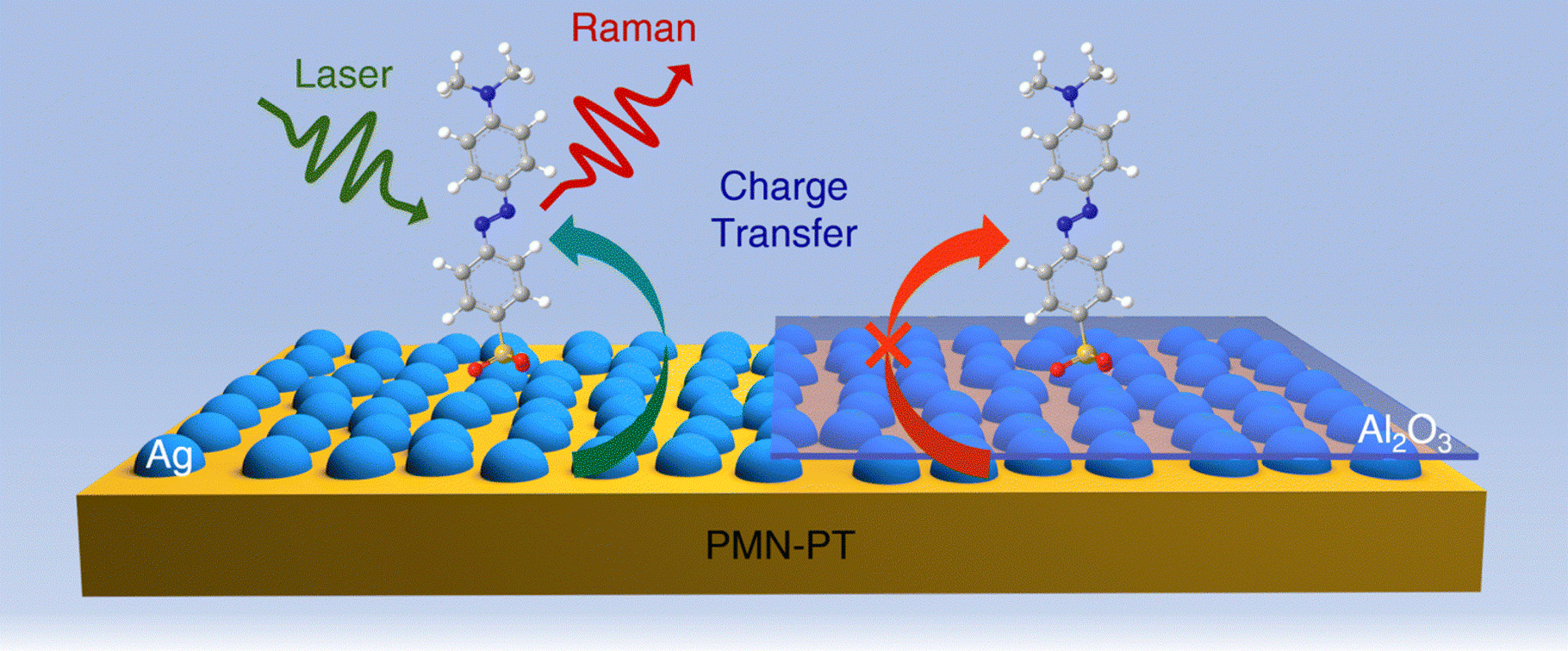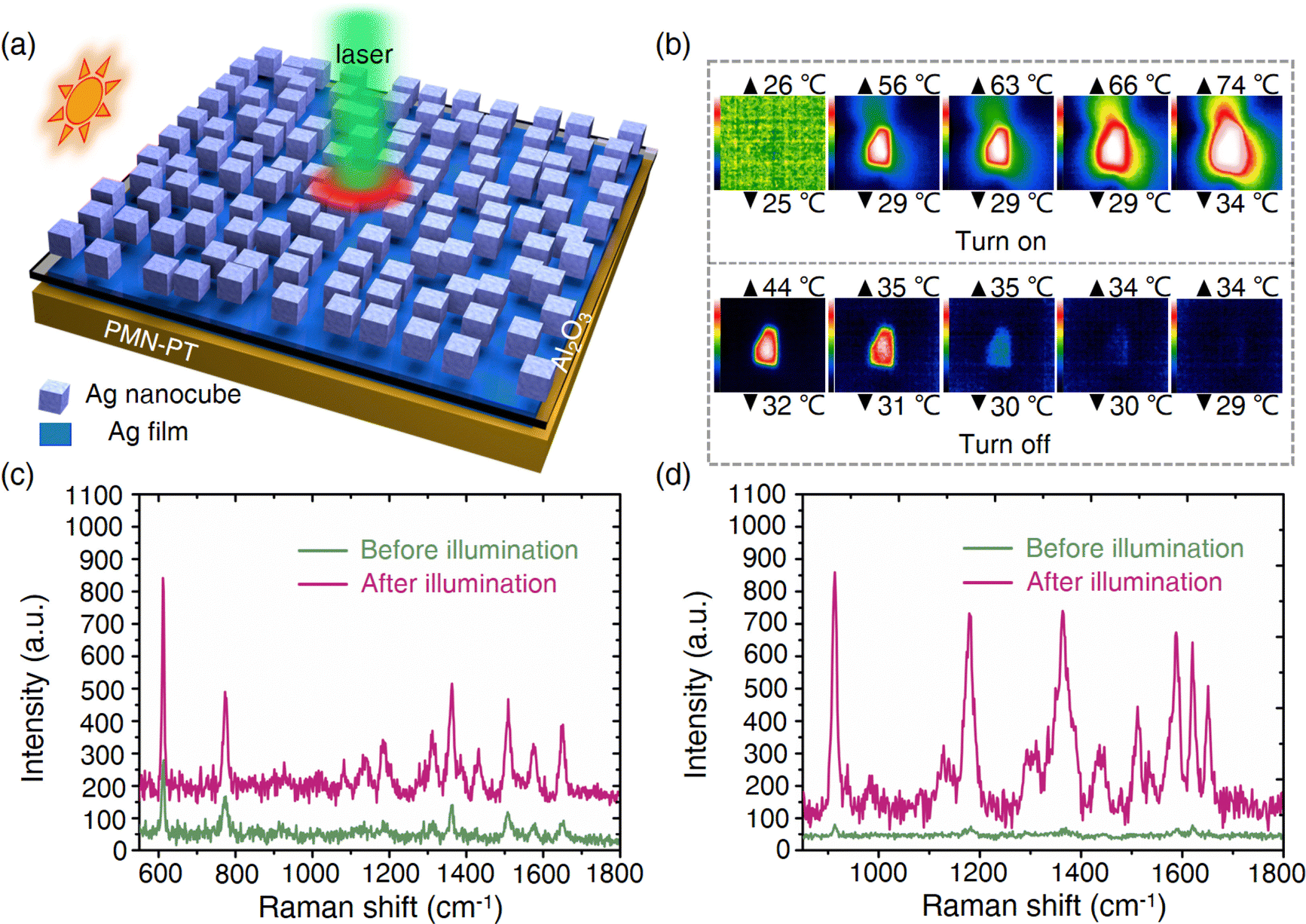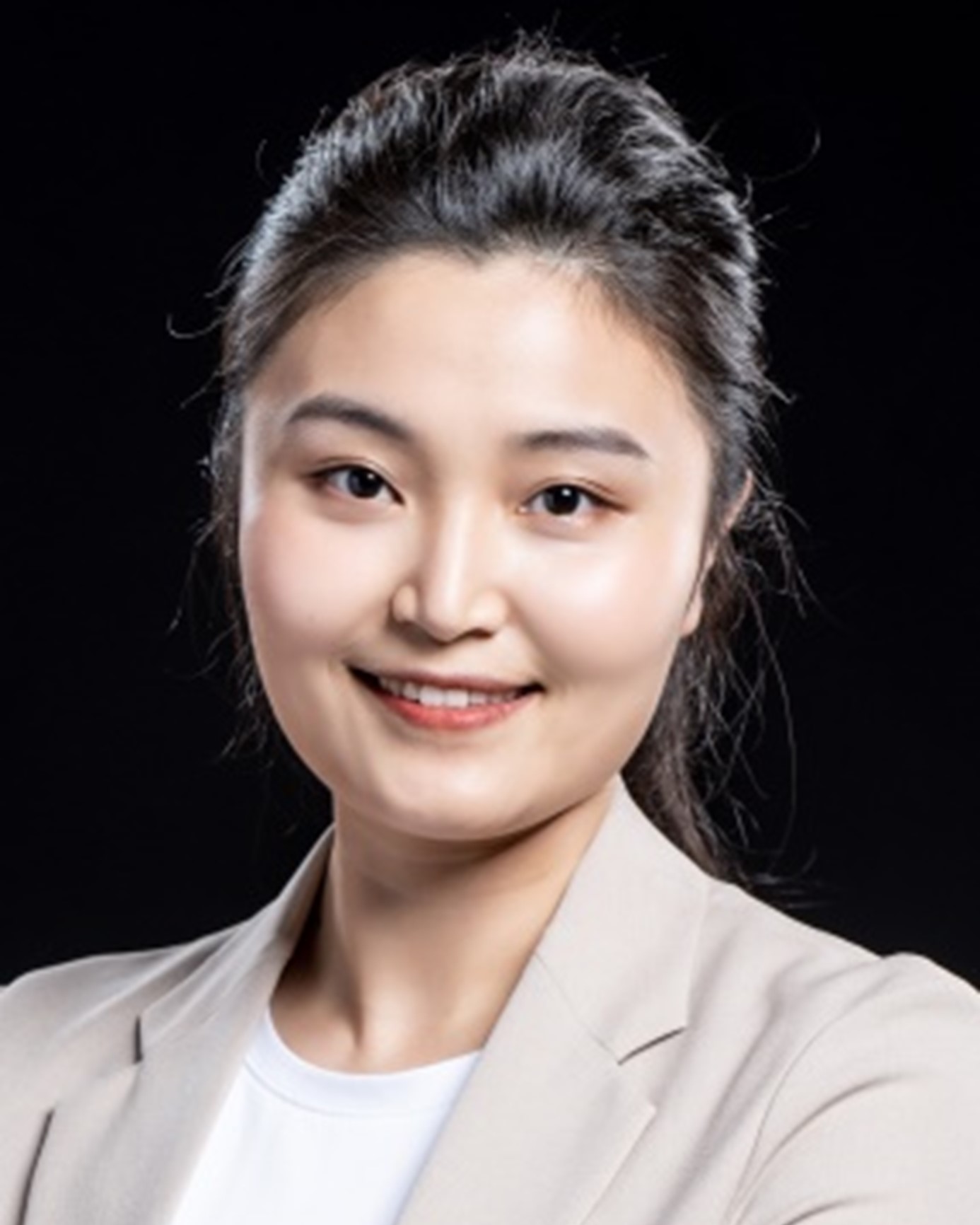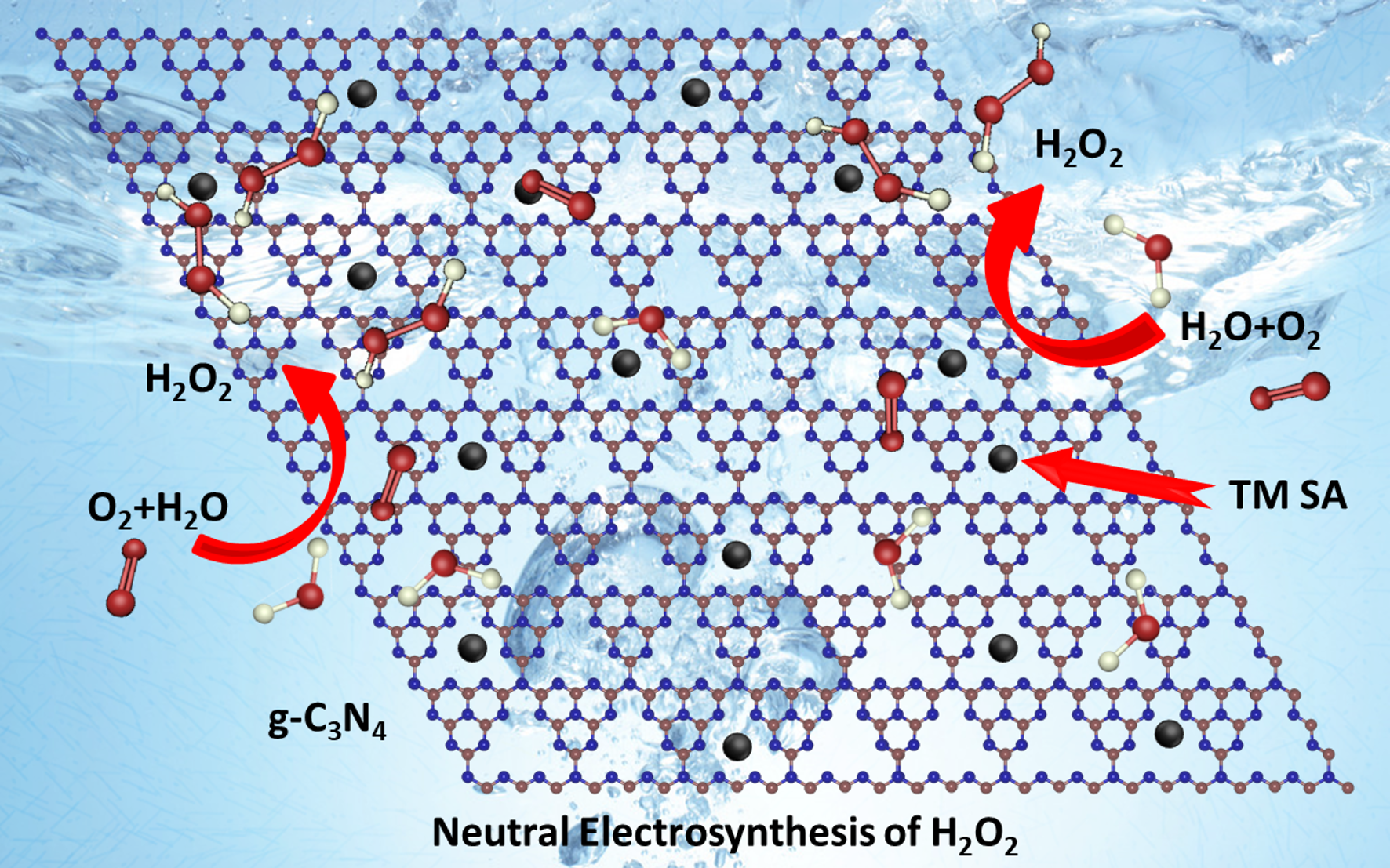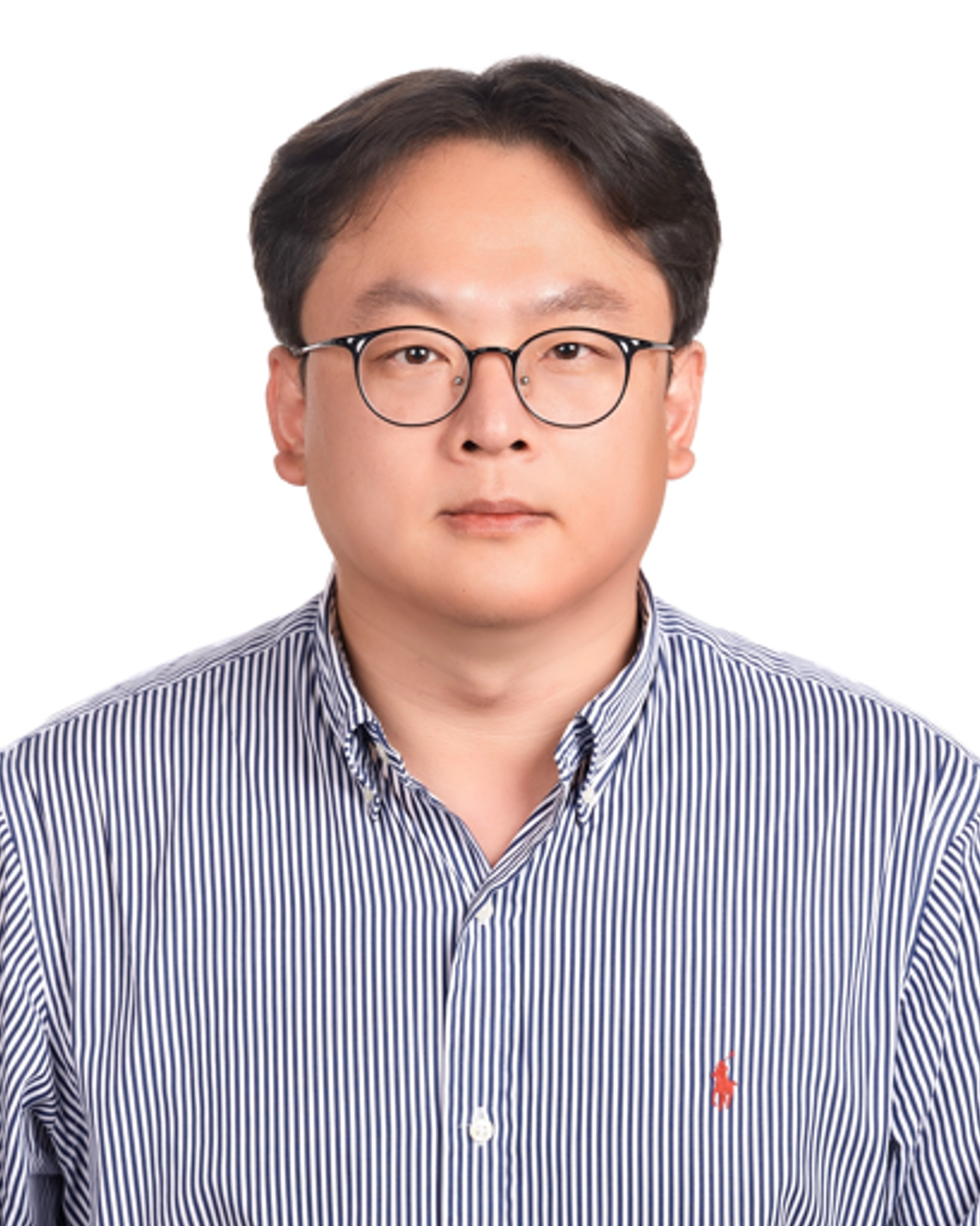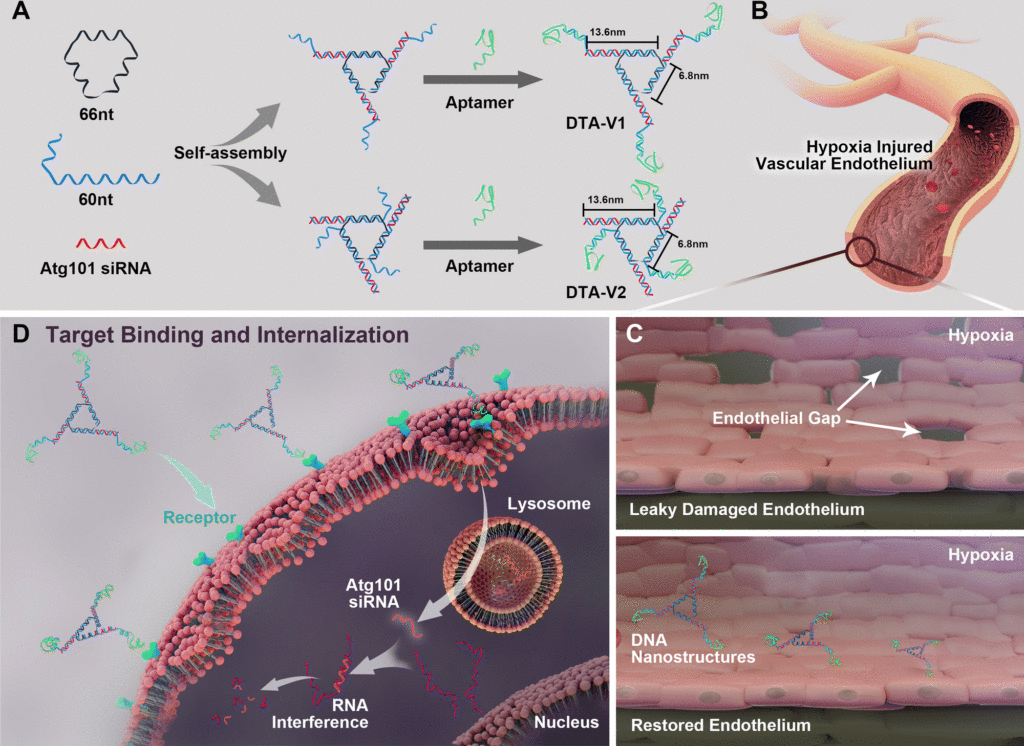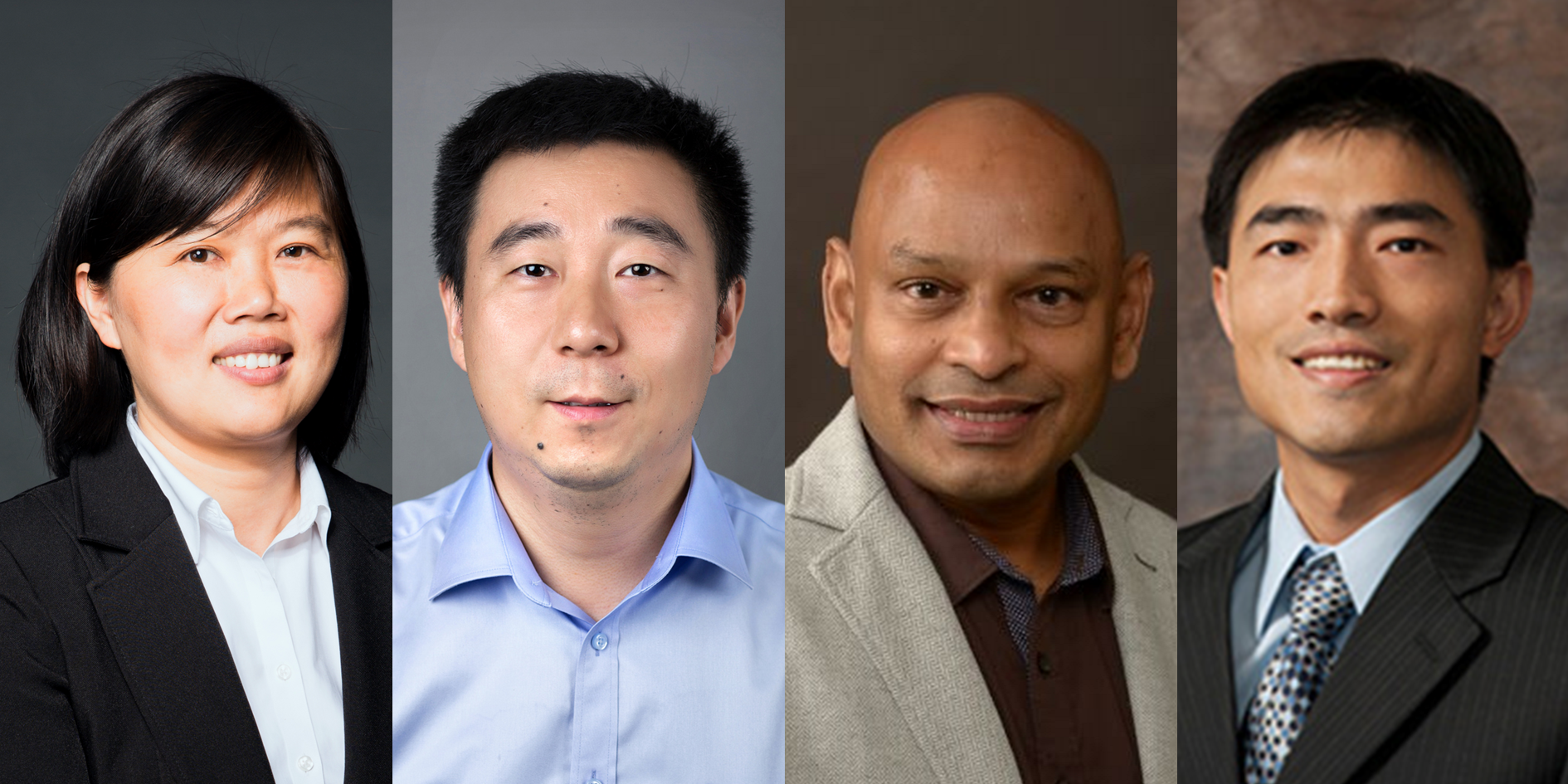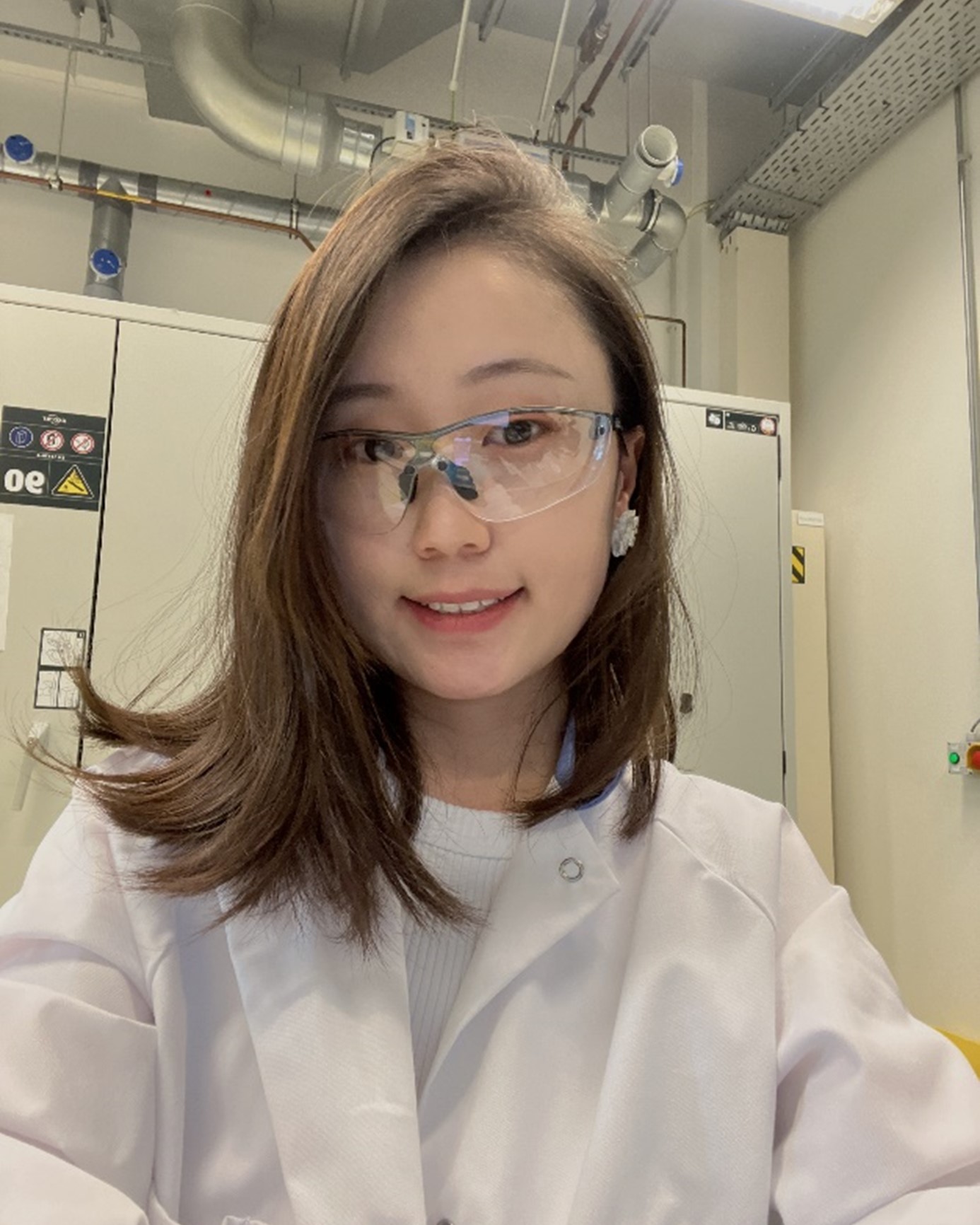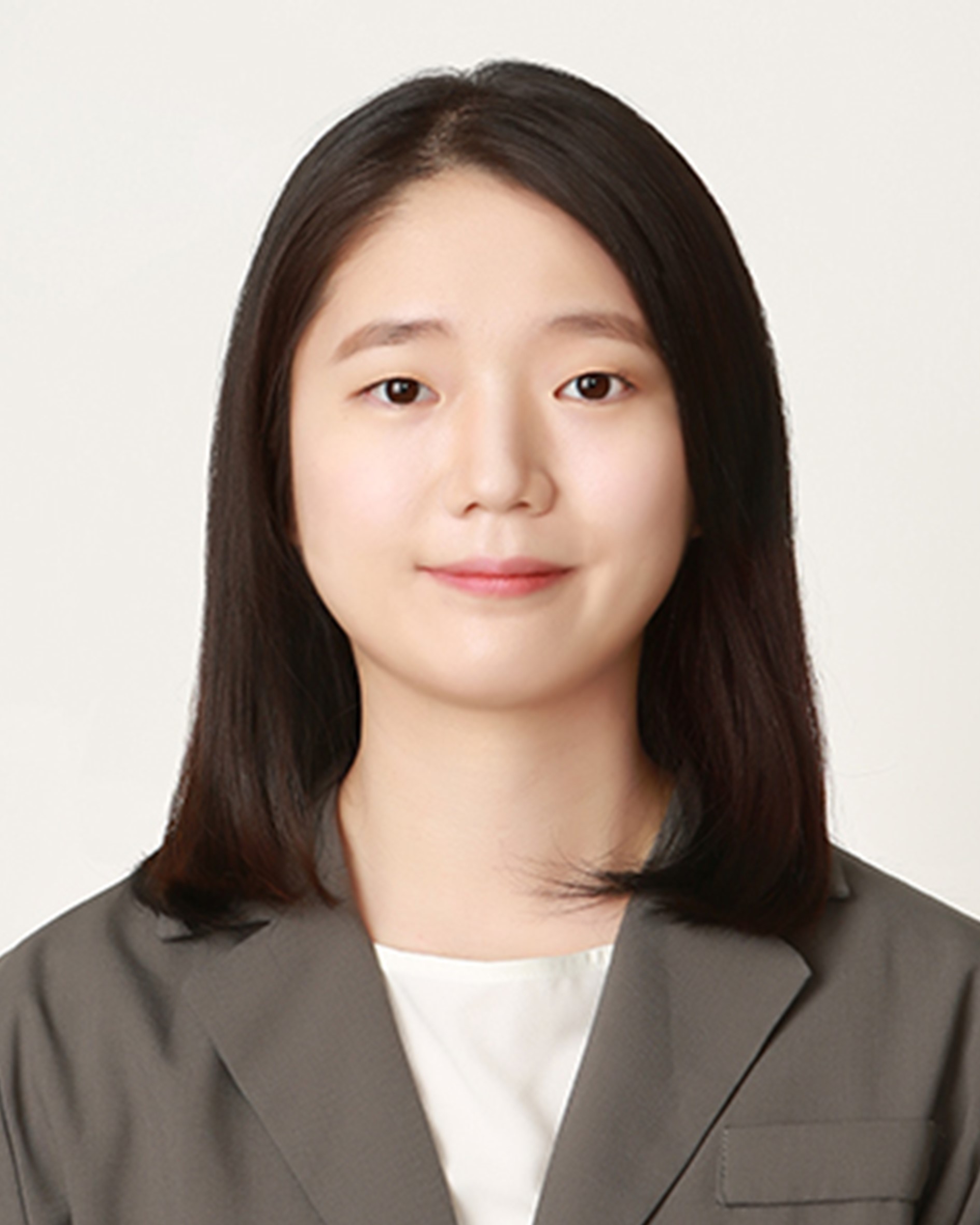NaNaX10 took place in Klosterneuburg, Austria from 3–7 July 2023. Nanoscale Horizons, Nanoscale, Nanoscale Advances, ChemComm and Chemical Science were delighted to provide poster prizes for the excellent posters shared during the conference. Please join us in congratulating our winners!

Nanoscale Horizons Poster Prize Christine Fiedler (Institute of Science and Technology (ISTA), Austria) Christine Fiedler is a PhD student at the Institute of Science and Technology Austria, under the supervision of Asst. Prof. Maria Ibáñez. She obtained her bachelor’s from the University of the West Indies Cave Hill, Barbados, with First Class Honours in Chemistry with Biochemistry. Her academic journey continued at Johannes Kepler University in Austria, where she earned a master’s degree in Polymer Chemistry, with a focus on synthesis and engineering of Janus micro/nanomotors and nanoparticle synthesis. Currently, Christine’s research concentrates on processing of semiconductors via solution methods for thermoelectric applications. |

Nanoscale Poster Prize Oleksandra Yeromina (French Alternative Energies and Atomic Energy Commission (CEA), France) Oleksandra Yeromina is a postdoctoral research fellow at the French Alternative Energies and Atomic Energy Commission (CEA) in Grenoble, France in the group of Dr Peter Reiss in the field of semiconductor nanocrystals. She obtained her PhD in Organic and Material Chemistry from the University of Namur (Belgium) in collaboration with Cardiff University (Wales, UK) in 2022. Prior to this, she obtained her double MSc in Organic and Green Chemistry from Kharkiv National University (Ukraine) and Nice Sophia Antipolis University (France) in 2017. Currently, her research interests are focused on the development of more sustainable synthetic routes for emissive III-V quantum dots for the optoelectronic application in the near-infrared light region. |

Nanoscale Advances Poster Prize Dietger Van den Eynden (University of Basel, Switzerland) Dietger Van den Eynden was born in Sint-Niklaas (Belgium) in 1995. In 2019, he graduated with a Master in chemistry from Ghent University. During his master thesis, he studied nanocrystal-vitrimers under the supervision of Prof. Dr. Isabel Van Driessche and Prof. Dr. Filip Du Prez. He is currently pursuing a joint PhD between the University of Basel (CH) and Ghent University (BE) under the supervision of Prof. Dr. Jonathan De Roo and Prof. Dr. Klaartje De Buysser. The subject of his PhD is atomically precise group 4 metal oxo clusters. He has developed novel zirconium and hafnium clusters as improved catalysts for esterification reactions. Additionally, he is studying the formation mechanism of these clusters and their use as inorganic monomers in recyclable polymers. |
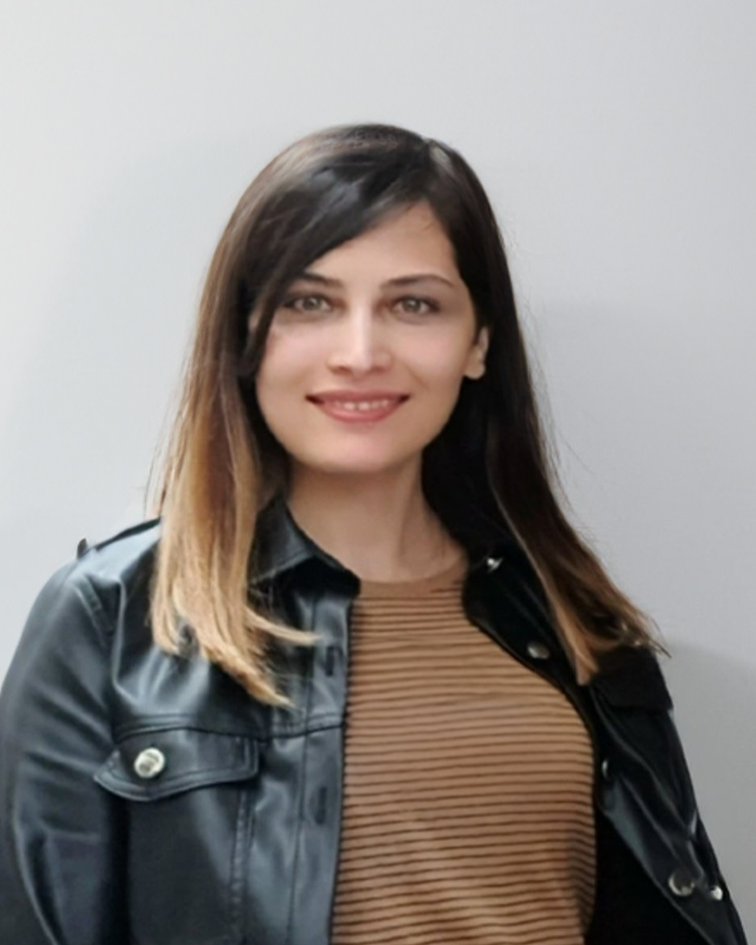
ChemComm Poster Prize Ezat Kheradmand (Ghent University, Belgium) Ezat Kheradmand is a PhD student in the Physics and Chemistry Department at Ghent University. She studied Materials Science during her Bachelor’s and Nanotechnology in the Nanomaterials Department at Tarbiat Modares University (M.Sc). Her current research interests are studying surface chemistry of III-V colloidal quantum dots as well as IR optoelectronic device fabrication, which is pursued under the supervision of Professor Zeger Hens. |

Chemical Science Poster Prize Jack Howley (University of Oxford, UK) Jack Howley is a PhD student at the University of Oxford, UK, under the joint supervision of Prof. Jose Goicoechea and Prof. Jason Davis. Jack obtained his MChem in 2019 from the University of Edinburgh, UK, under the supervision of Dr Michael Cowley. His doctoral research is supported by the Inorganic Chemistry for Future Manufacturing Centre for Doctoral Training (OxICFM CDT) and focusses on the development of novel air-stable phosphorus precursors to indium phosphide quantum dots. Prior to this he worked on earth-abundant catalysts for (de)hydroboration reactions, in addition to spending a year in industry within the mining solutions business unit at Solvay. |











